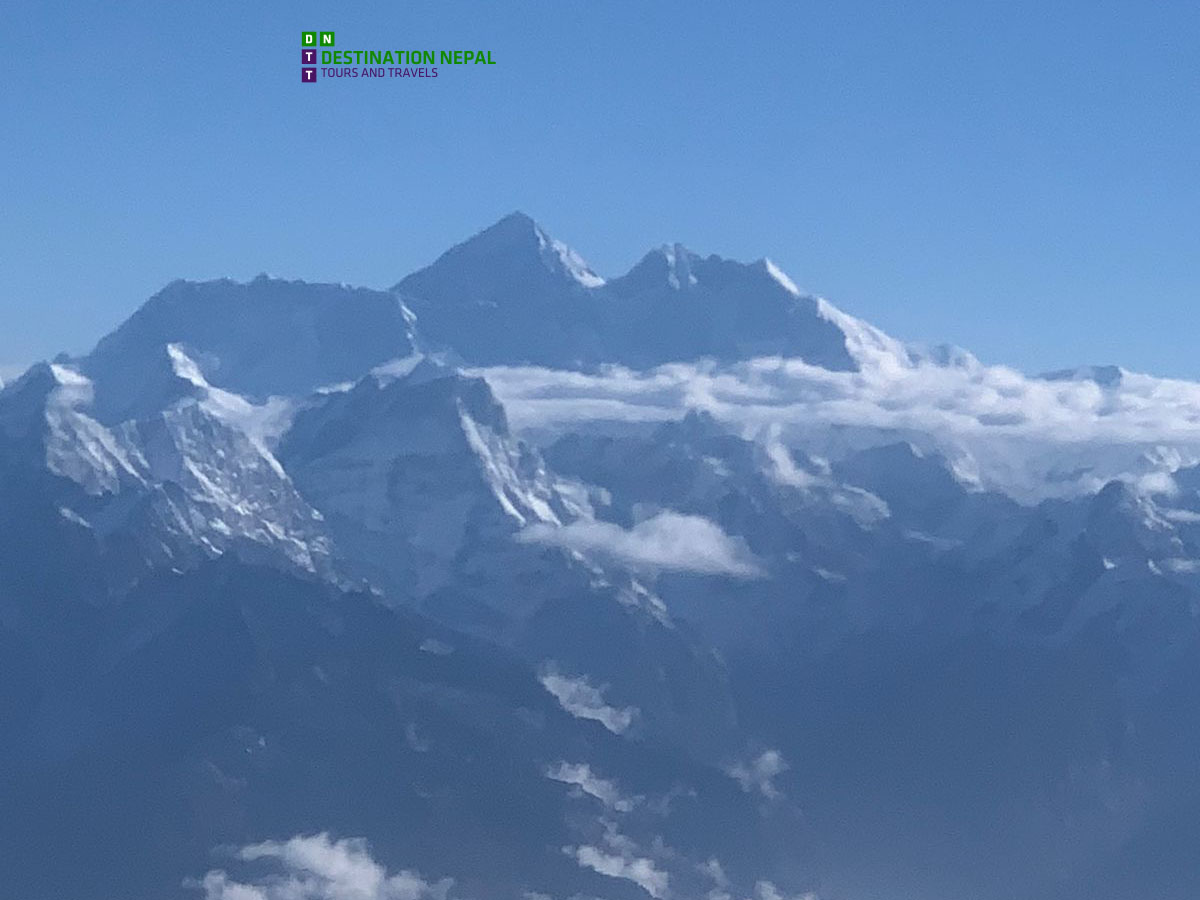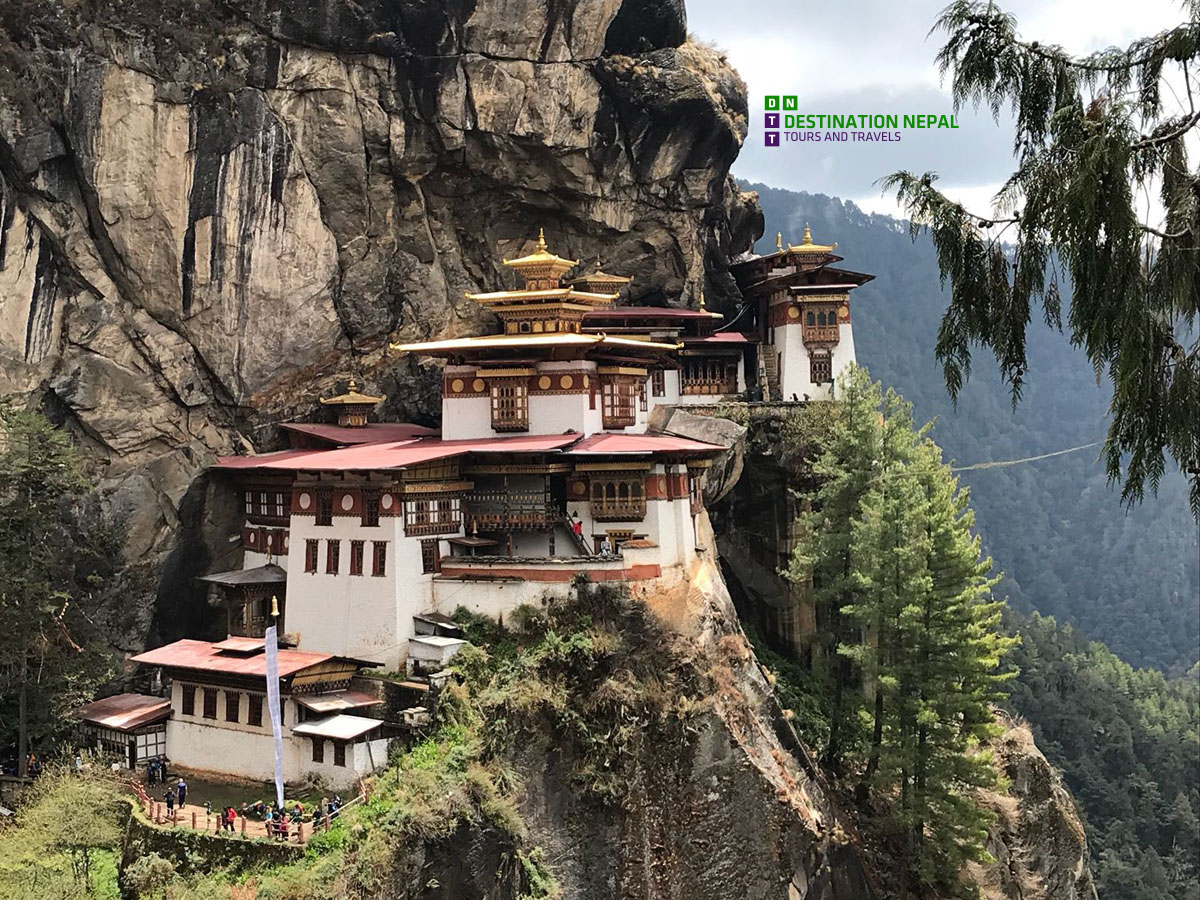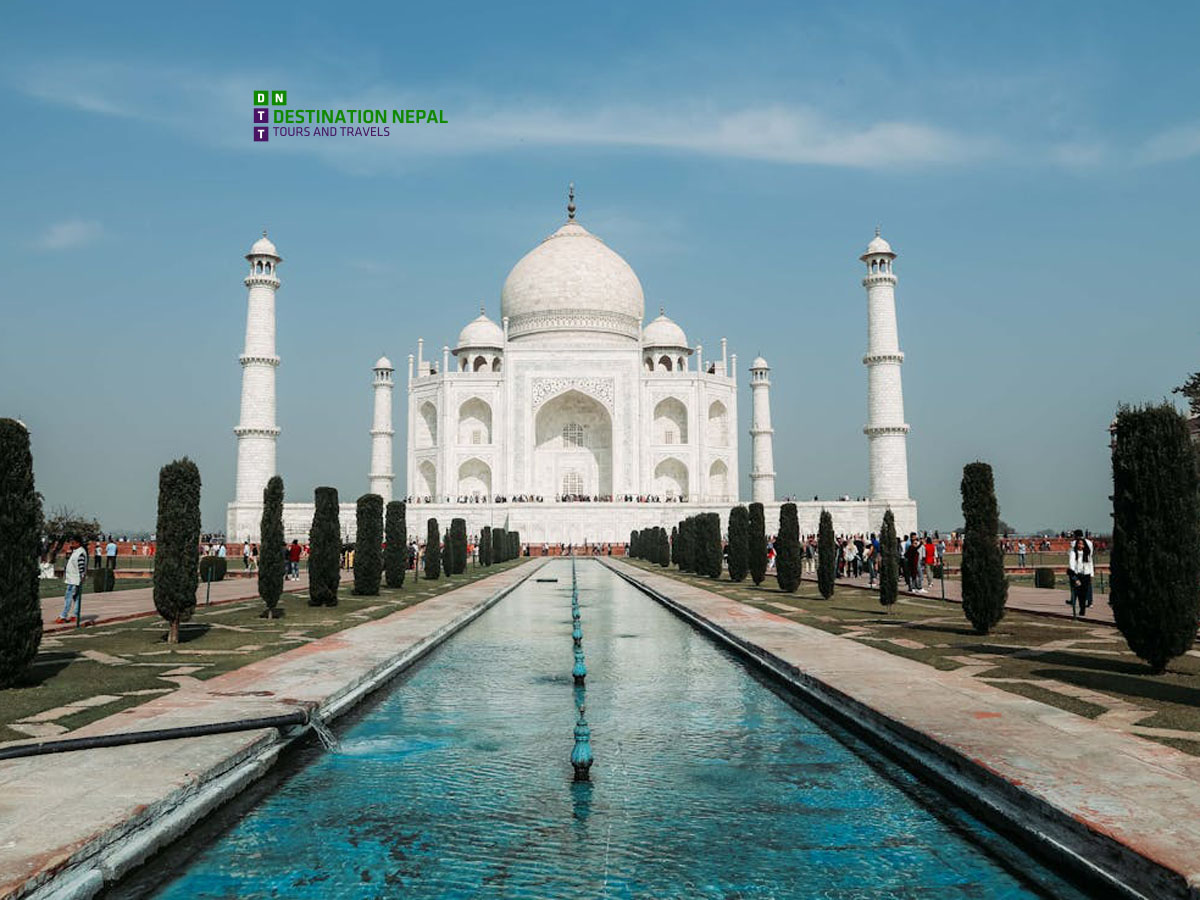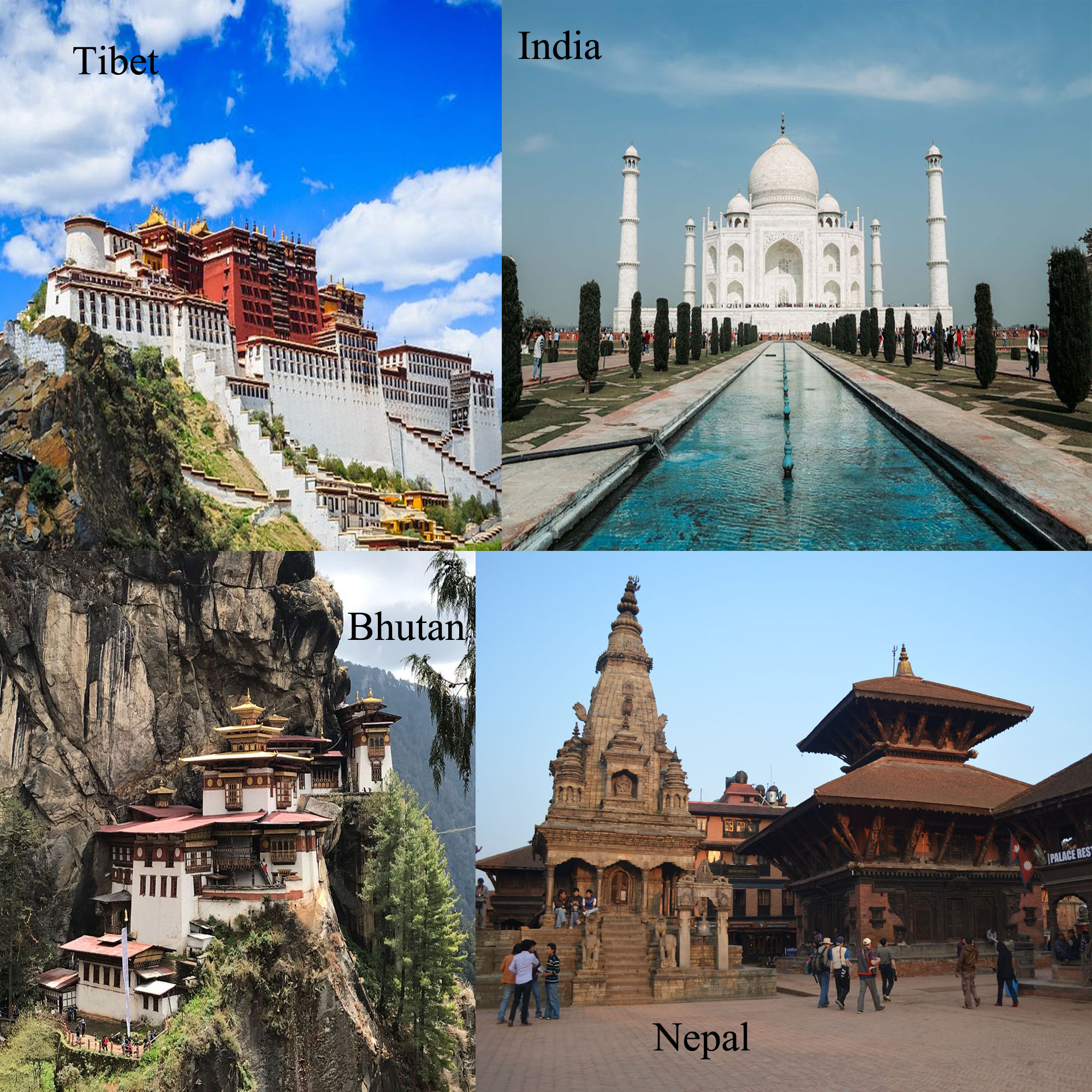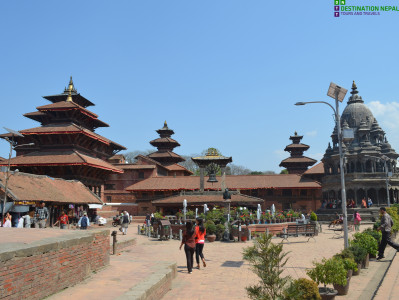Blogs
Discover Chitwan National Park: Nepal's Premier Jungle Safari Destination
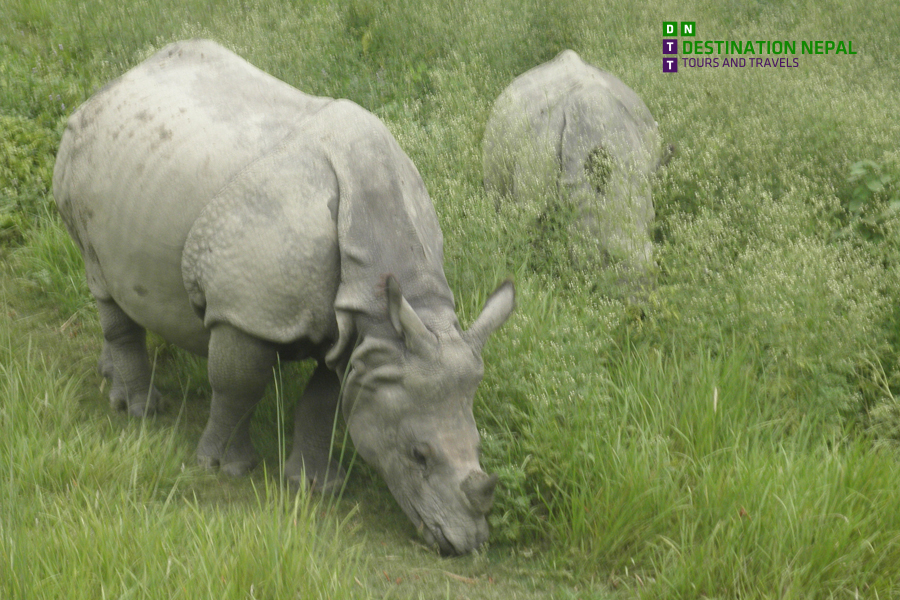
Introduction: Welcome to Nepal's Wildlife Wonderland
Nestled in the subtropical lowlands of south-central Nepal, Chitwan National Park is a treasure trove of biodiversity, history, and culture. Established in 1973 as Nepal's first national park and declared a UNESCO World Heritage Site in 1984, Chitwan spans 952.63 square kilometers across Chitwan, Nawalpur, Makwanpur, and Parsa districts. From the lush sal forests to open grasslands and river systems, this park provides a unique ecosystem that shelters some of the most endangered wildlife species in Asia.
Known as the "Heart of the Jungle," Chitwan is famous for its thriving population of one-horned rhinoceroses, elusive Royal Bengal tigers, and a rich variety of birds, reptiles, and mammals. Whether you're an adventure seeker, birdwatcher, or cultural enthusiast, Chitwan National Park offers an unforgettable experience.
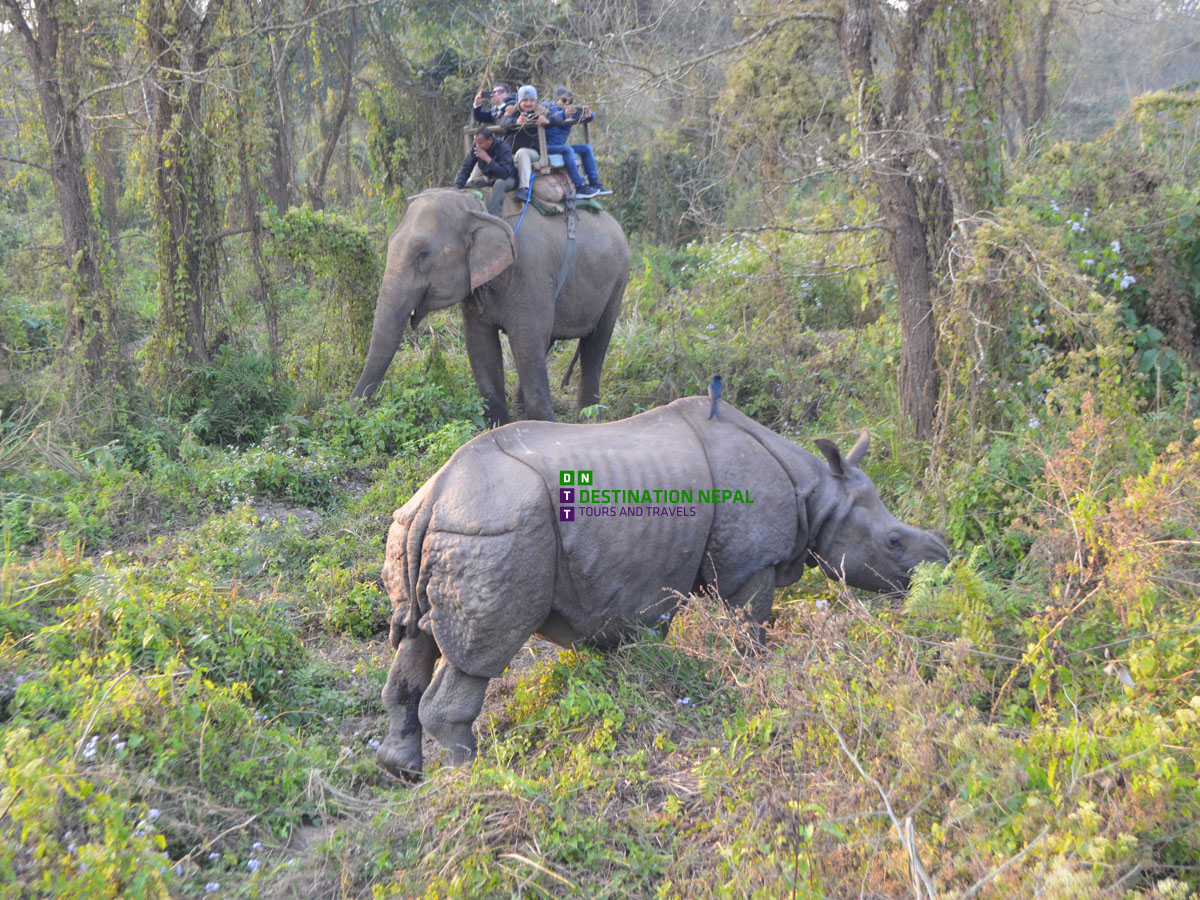
History & Conservation: From Royal Hunting Ground to Wildlife Sanctuary
Chitwan's story is deeply tied to Nepal's history. Once a private hunting reserve for the Rana rulers and British royalty, it witnessed devastating wildlife losses in the 20th century. By the 1950s, malaria eradication campaigns opened the area to settlers, causing habitat destruction and rampant poaching. The rhino population plummeted from over 1,000 to just 200.
Nepal responded by establishing a rhino sanctuary in 1962, later designating the area as Chitwan National Park in 1973. Conservation efforts—including anti-poaching patrols, habitat management, and species monitoring—have since been highly successful. The park now boasts over 500 rhinos and more than 128 tigers (as of 2022).
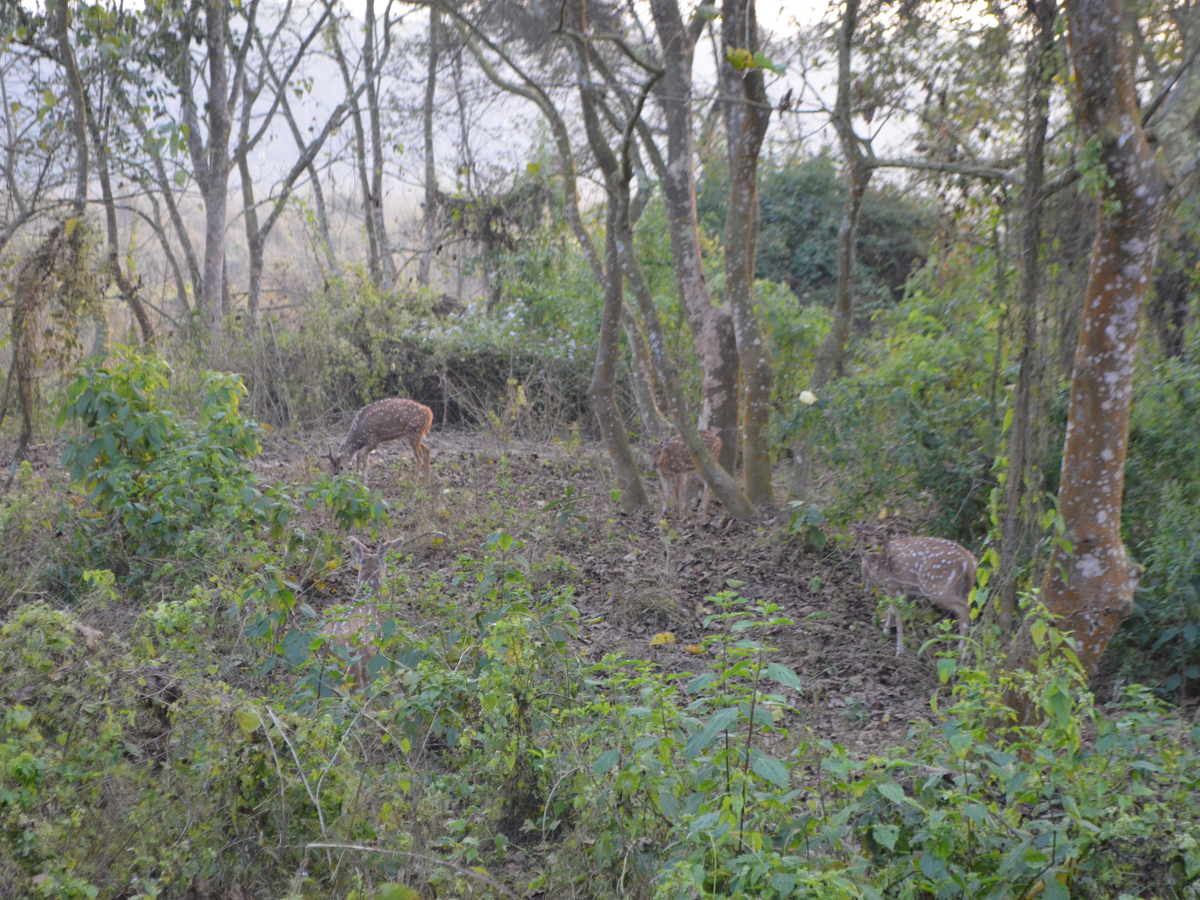
Wildlife & Biodiversity: A Living Ark of the Himalayas
Chitwan National Park shelters over 50 species of mammals, 525 bird species, and 55 species of amphibians and reptiles. Some highlights include:
- Mammals: One-horned rhinoceros, Bengal tiger, leopard, sloth bear, wild elephant, sambar deer, and gaur
- Birds: Giant hornbill, Bengal florican, kingfishers, storks, and over 500 resident and migratory species
- Reptiles: Gharials, mugger crocodiles, pythons, monitor lizards
- Plants: Over 700 species including sal, elephant grass, orchids, and medicinal herbs
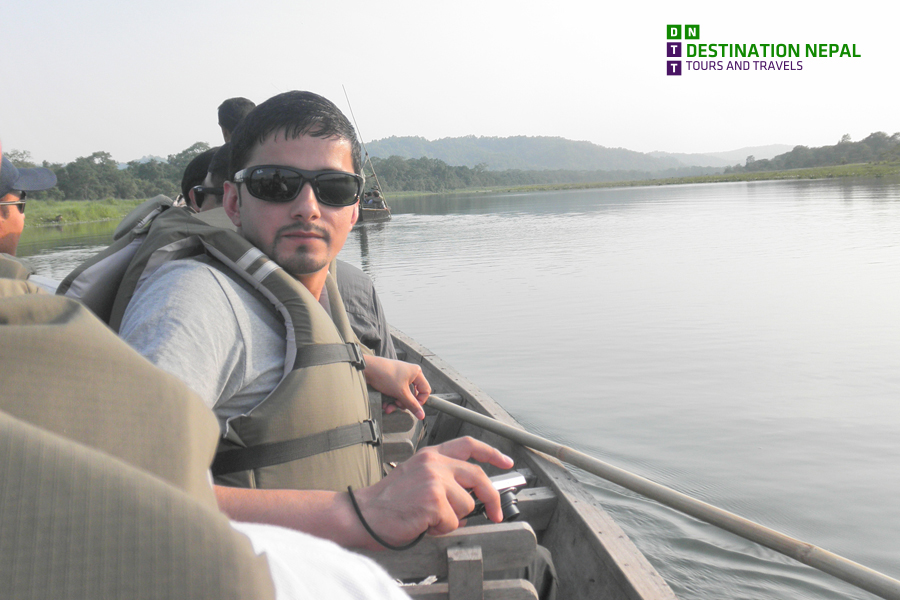
Top Activities in Chitwan National Park
- Jungle Safari Experience the thrill of a jeep safari or traditional elephant-back ride. Guided tours take you deep into the jungle for the chance to see rhinos, tigers, leopards, and deer in their natural habitat.
- Canoe Ride Paddle through the calm waters of the Rapti and Narayani Rivers in a traditional dugout canoe. Spot crocodiles, turtles, and a variety of birdlife along the riverbanks.
- Birdwatching Tours With over 500 species, Chitwan is a birdwatcher’s paradise. Expert guides help identify rare species in wetlands like Bis Hajaar Taal and Tamar Taal.
- Elephant Breeding Center Visit Learn about elephant conservation and see baby elephants up close. The center, established in 1985, plays a vital role in elephant population management.
- Tharu Cultural Village Tour Discover the culture of the indigenous Tharu people. Visit traditional homes, witness cultural dances, and learn about their unique lifestyle and resilience.
- Jungle Walk & Nature Trails Enjoy a slower-paced exploration with guided nature walks. Discover flora and fauna up close, track animal footprints, and learn about traditional uses of jungle plants.
- Tower Night Stay Stay overnight in a watchtower deep inside the jungle. A rare opportunity to hear nocturnal sounds, see wildlife at night, and watch the sunrise over the forest canopy.
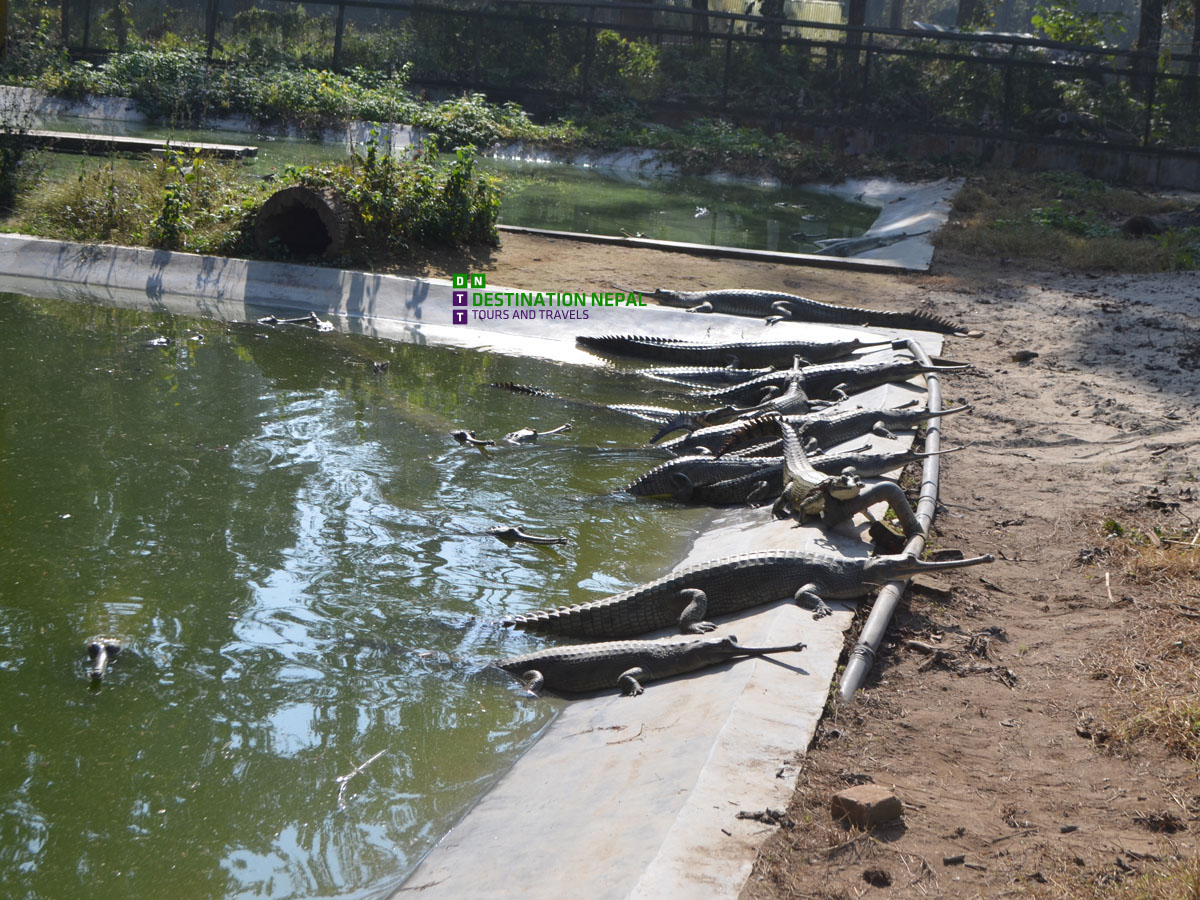
When to Visit: Chitwan National Park by Season
Autumn (Oct–Nov): Best time for safaris and birdwatching with clear skies and lush post-monsoon vegetation.
Winter (Dec–Feb): Cool temperatures, excellent wildlife viewing, especially good for migratory birds.
Spring (Mar–May): Hot and humid but good visibility as animals gather near waterholes.
Monsoon (Jun–Sep): Heavy rain, flooding, and poor visibility; park is often closed.
How to Get to Chitwan National Park
By Air: Fly from Kathmandu to Bharatpur Airport (~25 minutes). Sauraha is 14 km away by taxi.
By Road: Tourist buses run daily from Kathmandu and Pokhara (5–7 hours). Private taxis or cars offer more comfort.
From India: Cross the Sunauli border, then take a bus to Narayanghat and onward to Sauraha.
Accommodation: Where to Stay in Chitwan
Options range from budget-friendly guesthouses to high-end eco-resorts:
Inside the park: Watchtower stays for an immersive jungle experience
Sauraha & Meghauli: Numerous hotels, homestays, and lodges catering to all budgets
Luxury Resorts: Riverside lodges with modern amenities, guided tours, and cultural programs
Most of the hotels offer all-inclusive packages with meals and activities. Book early during peak seasons (Oct–Mar).
Safety Tips for Wildlife Encounters
- Always stay with a certified guide
- Avoid sudden movements near animals
- Learn basic emergency protocols (e.g., zigzag running from rhinos, standing ground for tigers)
- Keep a safe distance from all wildlife
- Wear neutral-colored clothing and avoid loud noises
Community & Conservation Efforts
Chitwan’s success lies in its integration of conservation with community development:
- Buffer Zone Programs: 30–50% of park revenue goes to local projects
- Breeding Centers: For gharials, vultures, and turtles
- Highlands for Flood Refuge: Artificial elevations built to protect animals during monsoons
- Community-led Eco-Tourism: Homestays, handicrafts, and local guiding create sustainable livelihoods
The People of Chitwan
The park is home to diverse ethnic groups, especially the Tharu, who have coexisted with the forest for generations. Their culture, resilience, and deep knowledge of the jungle make them vital to conservation efforts.
Visitors can engage with local communities respectfully through cultural programs, village walks, and traditional meals.
Final Thoughts: Why Chitwan Should Be on Your Nepal Itinerary
Chitwan National Park offers a harmonious blend of adventure, wildlife, culture, and conservation. Whether you’re tracking tigers, paddling past crocodiles, or learning about the Tharu way of life, each moment connects you deeper to Nepal’s rich natural heritage.
A visit to Chitwan is not just a wildlife tour—it’s a meaningful journey into the heart of the jungle that inspires respect for nature and local communities alike.
